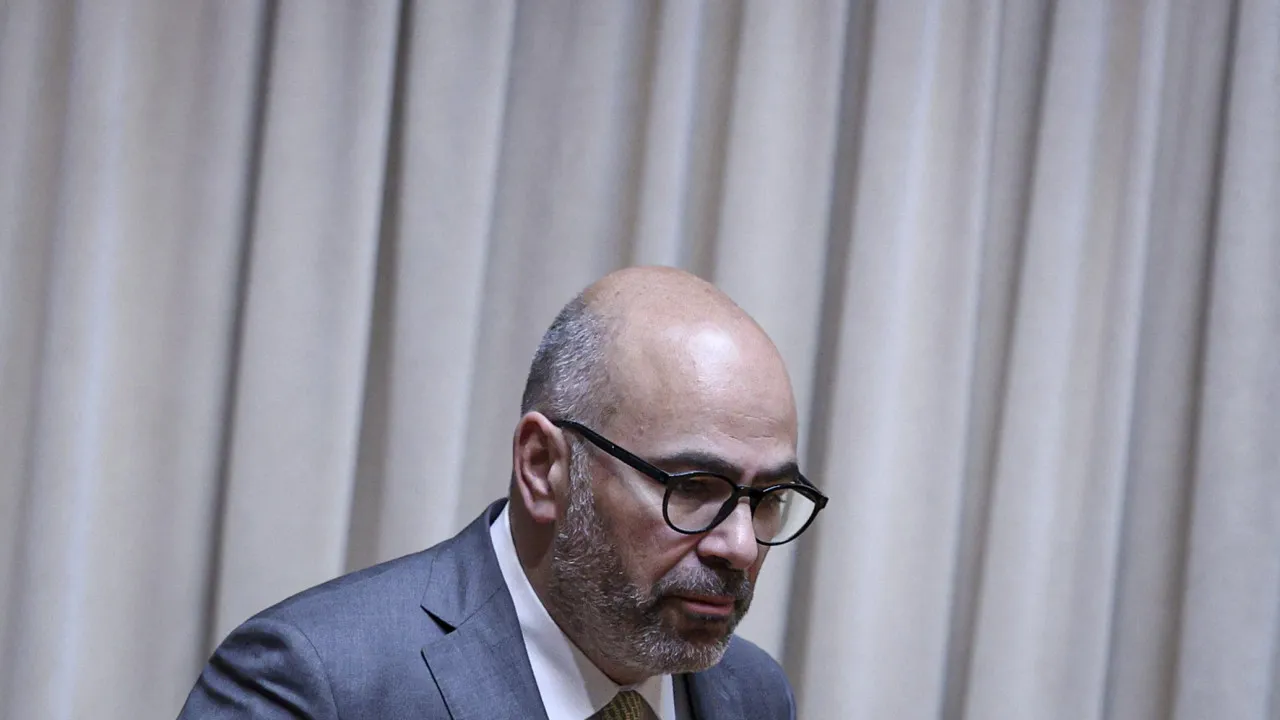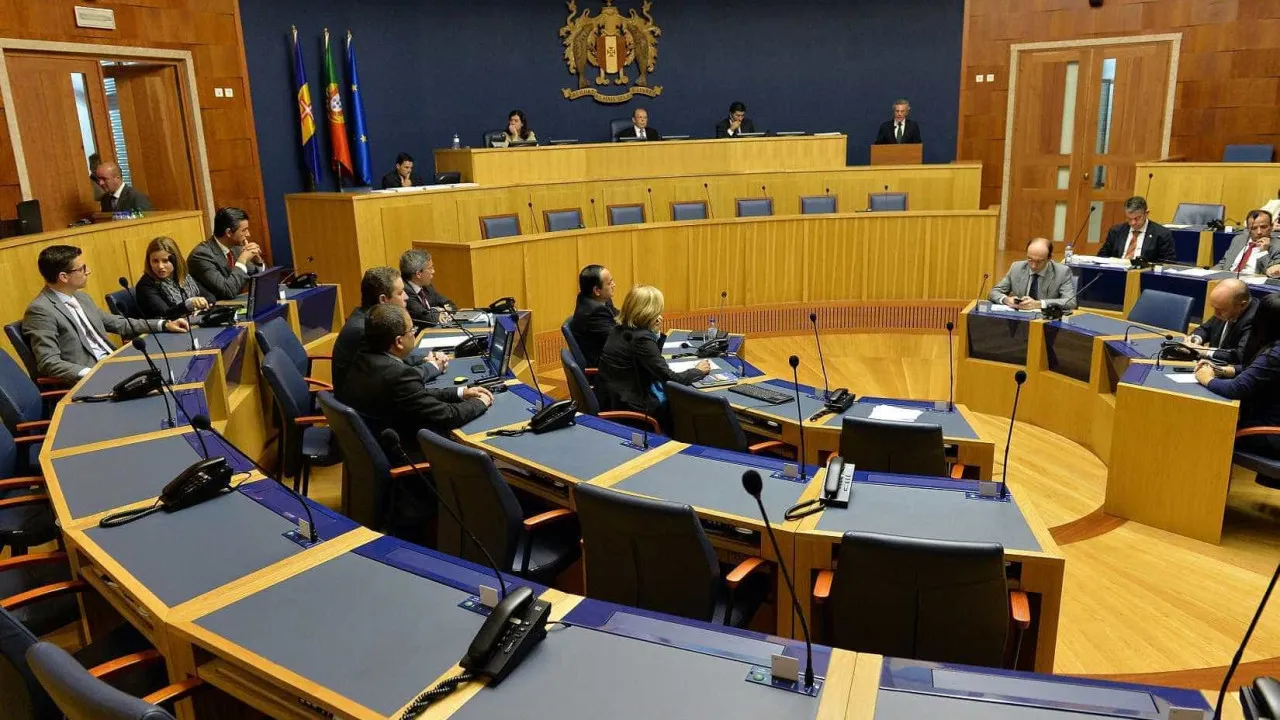
“Any potential modification must be fully safeguarded from a legal standpoint, fully comply with the terms of the tender documentation, and ensure the agreement of the municipalities,” stated the Ministry of Infrastructure and Housing in a communiqué.
In this statement, the ministry, led by Miguel Pinto Luz, highlighted that “the project for the first section of the Porto-Lisbon High-Speed Line, between Porto/Campanhã and Oiã, is based on the solution proposed by the LusoLav consortium, which won the tender and was aligned with the preliminary design presented by IP at the launch of the tender.”
This proposal “includes a station in Vila Nova de Gaia (Santo Ovídio) connected to the Porto Metro’s Yellow Line and a single road-rail bridge over the Douro River.”
The ministry added that “no proposal to amend the known terms of the project has yet been communicated by the consortium or Infraestruturas de Portugal (IP), noting that it remains in constant dialogue with IP on this matter.”
In response, IP also recalled that “under the contract for the future Concession of the Porto (Campanhã) — Oiã section of the Porto-Lisbon High-Speed Line, it is the responsibility of Infraestruturas de Portugal to approve the preliminary designs of both stations, Porto (Campanhã) and Gaia, and the new bridge over the Douro River.”
This procedure also covers “the execution project of the stations, within which IP will consult the involved municipalities and its supervisory body,” specifically the Ministry of Infrastructure and Housing.
“These approvals will, of course, take into account the obligations arising from the Concession Contract, as well as all applicable legislation,” assured IP.
Last week, the LusoLav consortium (Mota-Engil, Teixeira Duarte, Alves Ribeiro, Casais, Conduril, and Gabriel Couto) proposed a deviation of around one and a half kilometers south for the high-speed train station from Santo Ovídio to a location in Vilar do Paraíso. This change would result in the loss of a direct connection to the Yellow Line but extend the Ruby Line and shift from one to two road-rail crossings over the Douro River.
The National Railway Plan, approved by the government in March and published today in the Official Gazette, specifies that the high-speed station in Gaia will be at Santo Ovídio, connecting to the Yellow and Ruby metro lines.
The non-binding proposals from the LusoLav consortium were put to a vote by the Mayor of Gaia, Eduardo Vítor Rodrigues (PS), and approved by the socialist majority in the council, with opposition from two PSD councilors.
The mayor stated that the proposed solution does not nullify the Santo Ovídio solution, “but rather validates an alternative option that fits within the corridor of the high-speed project defined by the international tender launched by the state.”
LusoLav consortium representatives admitted in the Gaia council “formal concern” about its compatibility with the public tender, pointing out that the new proposals may be more costly than originally planned.
“Let me tell you this; you won’t believe it: this [southern] station is much more expensive than the other for us, especially considering the metro line we have to build, the infrastructure part with a 900-meter viaduct, plus 800 meters and a tunnel, and the arrival station,” said Rui Guimarães, a director at LusoLav, responding to PSD councilor Rui Rocha Pereira.
Neither the government, IP, Porto City Council, nor Metro do Porto reported having knowledge of the consortium’s proposal.




